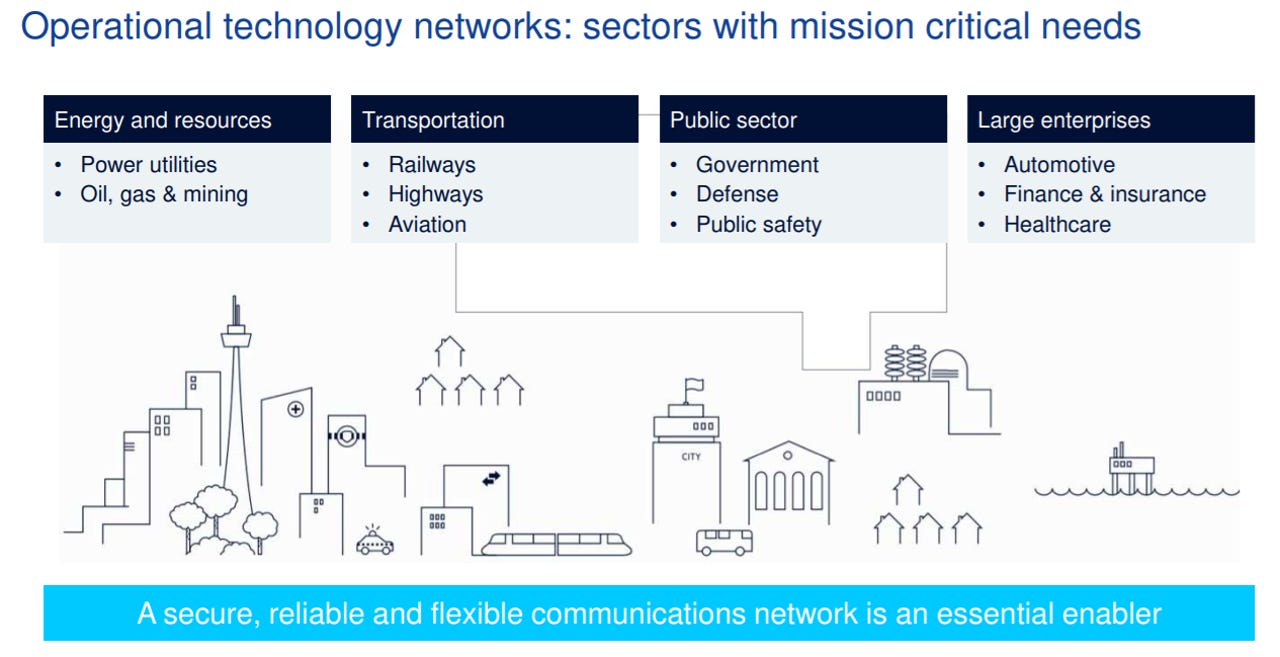Enterprises 'radically outstripping' traditional technology: Nokia


The connectivity needs of enterprises are in danger of outstripping the capabilities of traditional technology and telecommunications services, Nokia has warned.
Speaking at the CommsDay Congress in Melbourne on Wednesday, Nokia Oceania head of Industry and Enterprise Gary Conway said businesses are "starting to understand" the opportunities inherent in technology, with the challenge now for carriers and suppliers to fulfil their needs.
"The requirements of large businesses today -- and what they foresee needing in the future -- are radically outstripping what we traditionally refer to as enterprise technologies," Conway said.
"These businesses are changing the way they think about investing in what are increasingly mission-critical requirements, and asking our industry and their carrier partners to meet their needs quickly.
"Business is moving ahead, and this will only get faster."
According to Conway, the industry needs to ensure it is positioned where it can allow businesses to "unleash the benefits" of technology.
"Nokia is seeing a watershed moment for the industry as significant global trends and changes to the cost base of what we have traditionally considered carrier capabilities are changing the dynamic of the way carriers are addressing the business market for telecommunications," he added.
"The challenge now is for our industry -- carriers and suppliers -- to meet business halfway and ensure they understand that we are here to contribute to their future.
"Industrial network requirements are rapidly shifting, and networks are changing to meet those needs."
Labelling 5G as more than just the next evolution of the traditional network, Conway said it will accelerate this transformation of industry.
"5G is specifically being designed to cater for the tens of billions of devices expected for our automated future," he said.
"It will also provide low-latency connections for the most advanced real-time applications such as precision machine control in robotic surgery. Importantly, 5G will take advantage of unlicensed spectrum, which means wireless private networks will be readily achievable."
Nokia is engaged with around 40 operators globally on 5G trials, including with Vodafone and Optus in Australia, and StarHub and M1 in Singapore.
During the Vodafone trial, Nokia attained average combined download and upload speeds of around 4.84Gbps and latency of 2.8 milliseconds by using 8x8 Multiple-Input Multiple-Output (MIMO) and 64 Quadrature Amplitude Modulation (QAM) technologies across the 4.5GHz spectrum band, with 200MHz cell bandwidth.
The StarHub trial in November last year saw Nokia attain similar 4.3Gbps speeds and latency of 1ms over centimetre-wave (cmWave) frequency between the 3GHz and 30GHz bands using the Nokia AirScale platform, while M1 and Nokia used 5G to display 1ms latency in robots.
These 5G trials followed StarHub and Nokia's demonstration of 600Mbps data transmission speeds over 4G using 4x4 MIMO and carrier aggregation.
Nokia's 5G equipment and solutions are also being used by AT&T in its Indiana, Texas, and Michigan trials, while Verizon relies on Nokia for its 11 pre-commercial 5G trial networks in Atlanta, Georgia; Bernardsville, New Jersey; Brockton, Massachusetts; Dallas, Texas; Denver, Colorado; Houston, Texas; Miami, Florida; Sacramento, California; Seattle, Washington; and Washington DC.
It is also deploying small cells with carriers to increase the density of networks as a precursor to 5G.
"Operators must be able to optimise how they on-board individual sites more quickly, how they reduce costs, and how they respond to unique site requirements," Nokia head of Oceania Ray Owen said in June.
"A coordinated approach to small cell site identification, design, and deployment, bringing together Nokia's technology in a modular approach with a broader industry engineering and services ecosystem, will be a significant benefit to operators bolstering their existing infrastructure and planning for the more ubiquitous network fabric that will be required with 5G."